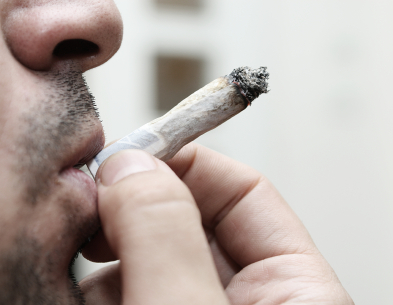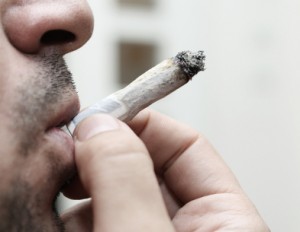By Ross Parker
ticklethewire.com
Marijuana use has doubled in the last decade, and with that has come a doubling in the use disorders associated with it, according to a recent medical study by a Columbia University epidemiologist published this week in The Journal of the American Medical Association Psychiatry and in Medscape Medical News.
Dr. Deborah Hasin reported that the attitude of increasing numbers of the population is that the drug is a harmless natural substance. Because of that shift in perception, the prevalence rates of use have increased from 4.1% in 2001 to 9.5% in 2014. This increase was greatest among women (2.6% to 6.9%), African Americans (4.7% to 12.7%), Hispanic Americans (3.3% to 8.4%), and older people (.04% to 1.3%). Lower income groups showed the greatest increase.
The study’s findings were based on two nationally representative, face-to-face interview surveys of US adults aged 18 years and older: the 2001 National Epidemiologic Survey on Alcohol and Related Conditions, and the 2013 National Epidemiologic Survey on Alcohol and Related Conditions.
The prevalence rates of marijuana use disorders among the general population nearly doubled from 1.5% to 2.9%. Among marijuana users, however, that figure declined from 35.6% to 30.6%. The difference lies in the increased number of users in the general population as more states legalize its use in one way or another and more people consider its use as having no risks. Currently 23 states authorize use for medical purposes and 4 for recreational use.
If the number of states legalizing use continues to rise, the authors of the study advise that we should be prepared for greater numbers of addiction, vehicle crashes, emergency room visits, psychiatric symptoms, poor quality of life, cognitive decline, and use of other drugs, according to other published medical studies.






